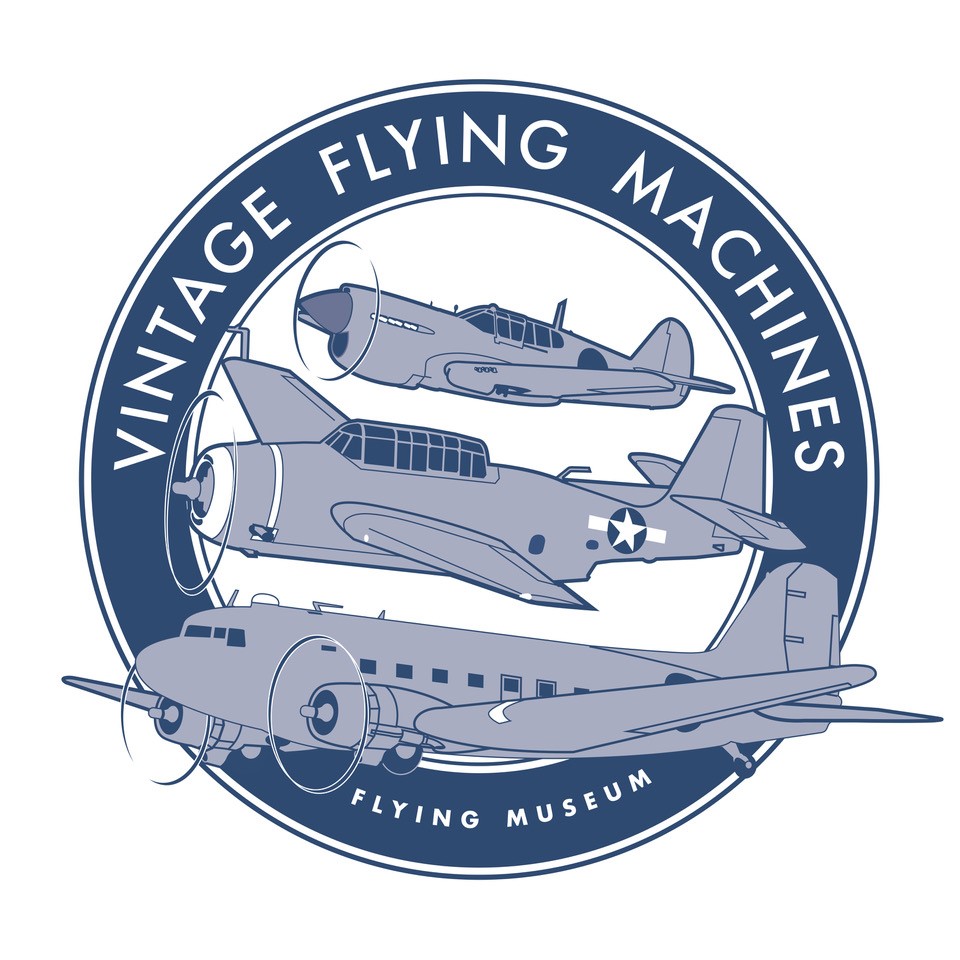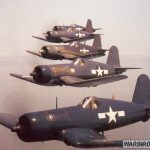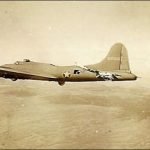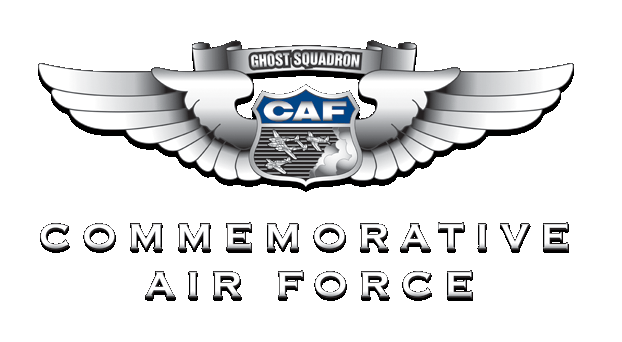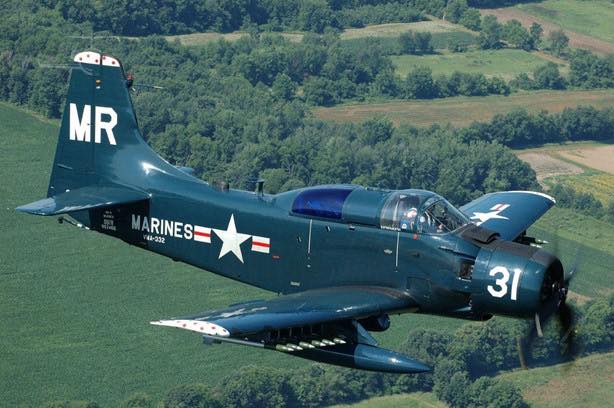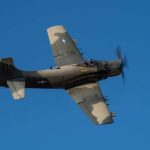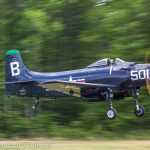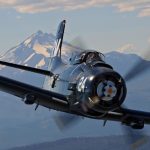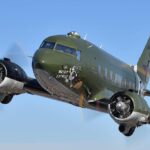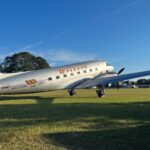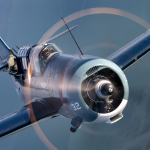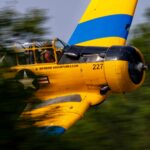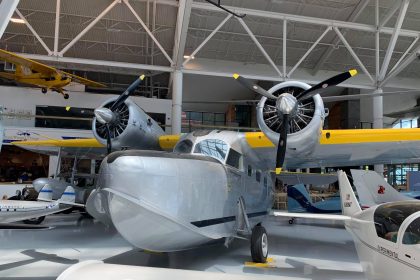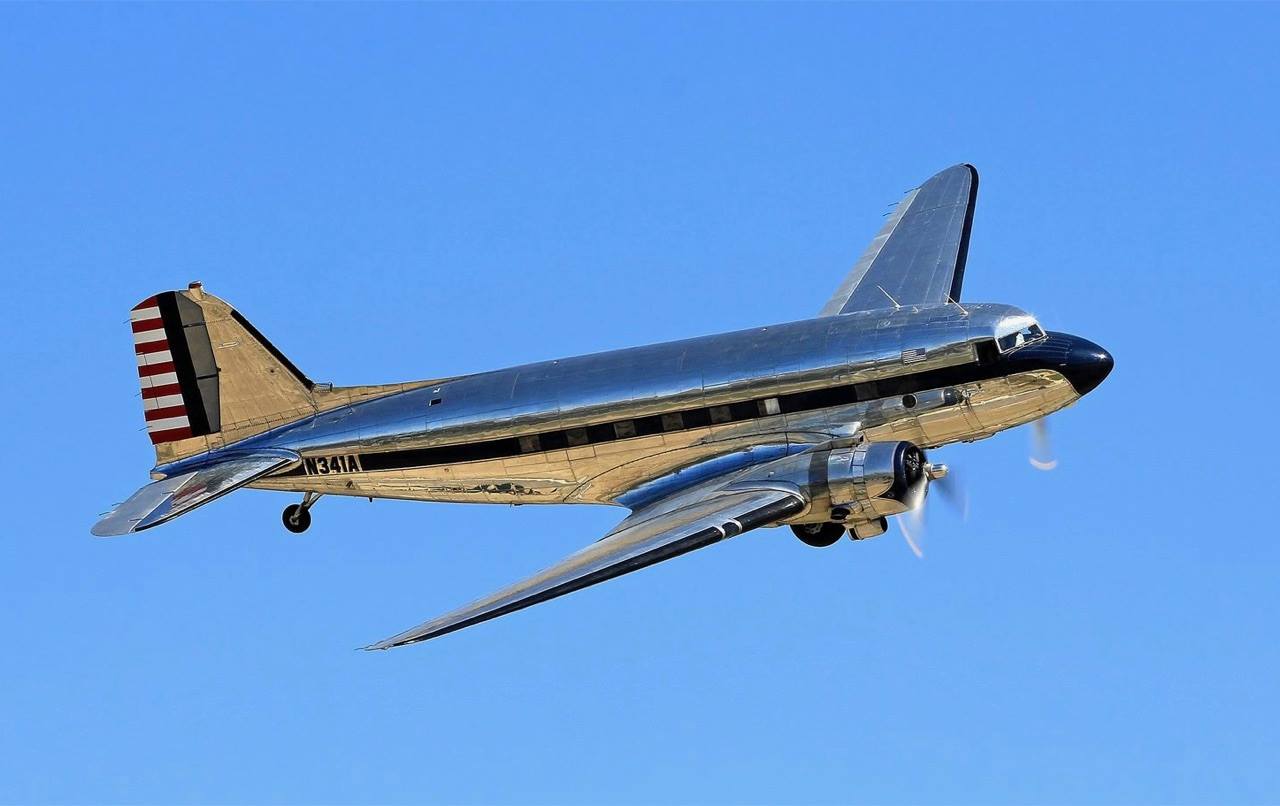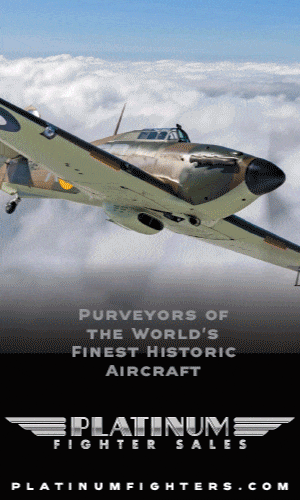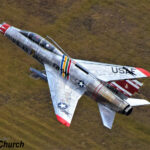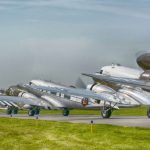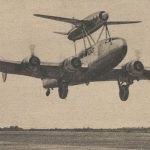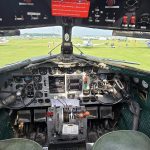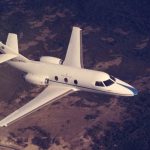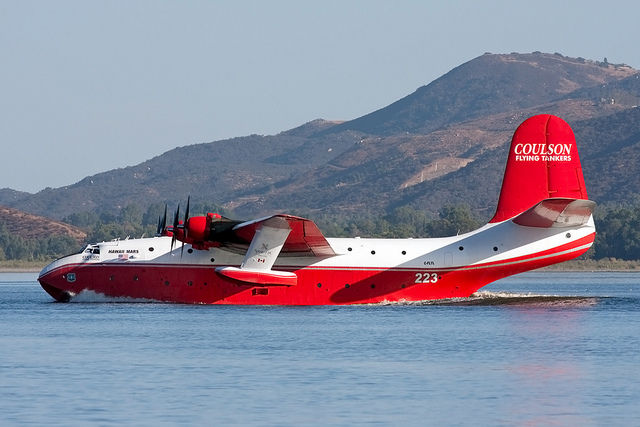Tim Savage, warbird collector and longtime publisher of Warbird Digest, has added another rare aircraft to the impressive lineup at Vintage Flying Machines: AD-5W Skyraider BuNo.135178 (N62466). This Korean War-era aircraft now joins a prestigious collection that includes the iconic Douglas DC-3 Western Airlines, the combat-veteran C-47 The Wabbit Express, and the Curtiss P-40 Warhawk Skeeter.
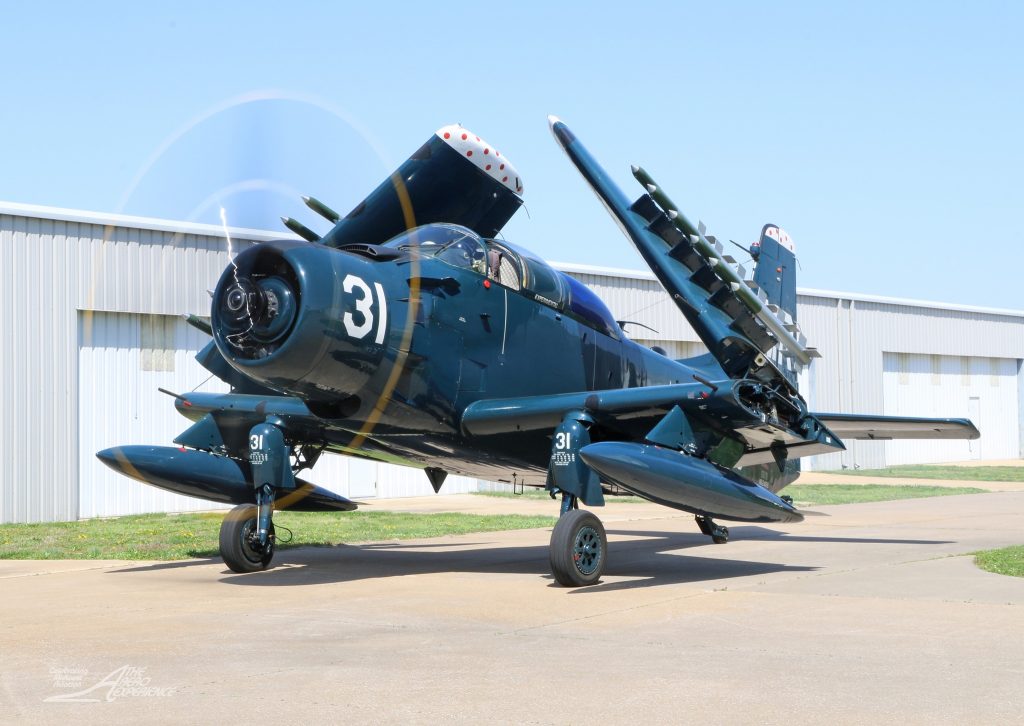
The Skyraider’s journey to its new home is a personal one. Tim’s son, Job Savage, is currently undergoing checkout training and will soon ferry the aircraft back to Indiana—one of the family’s operational bases, alongside their facility in Ocala, Florida. Sharing his enthusiasm on Facebook, Tim acknowledged the care this aircraft has received over the years: “This one has been lovingly cared for by Eric Downing for over two decades. I appreciate him trusting us to be the next caretaker. Once Job finishes his training, we’ll be bringing it back to Indiana. This one is special to me, as my dad—who passed away about two years ago—served in the Army during Korea. A Korean War-era airplane will always hold a special place in our hangar.”
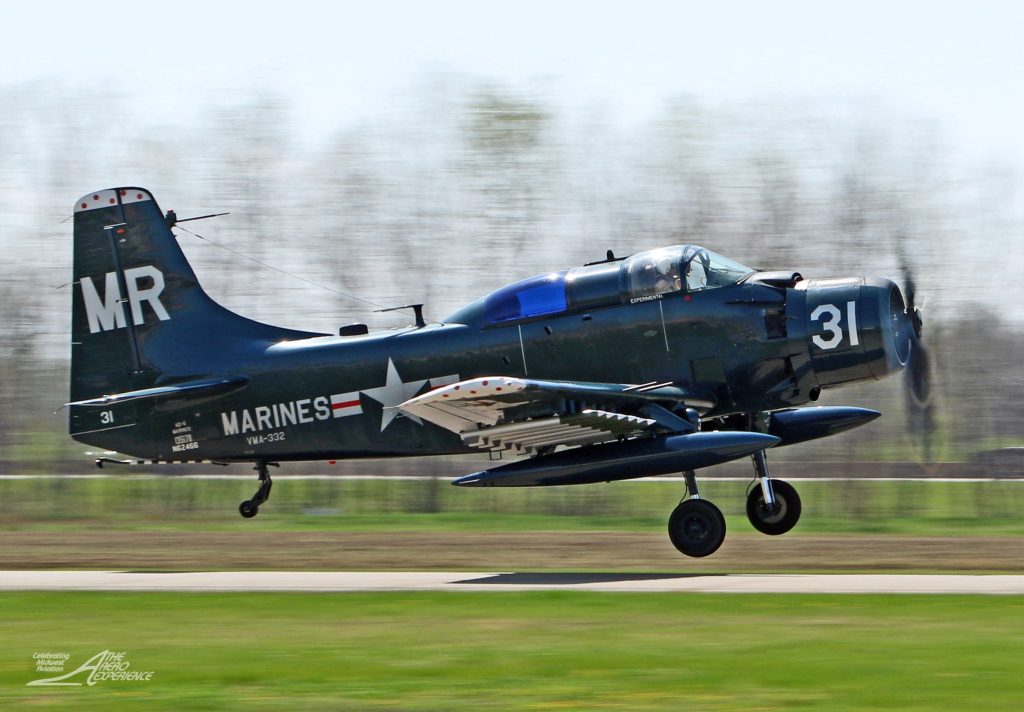
A Storied History
Skyraider BuNo.135178 rolled off the Douglas Aircraft Company’s production line in El Segundo, California, in 1955, and was accepted by the U.S. Navy on June 30 of that year. Built as an AD-5W, the aircraft was an early warning variant equipped with a large, ventral radome housing a rotating search radar—serving as the “eyes of the fleet” in a role similar to today’s E-2 Hawkeye. In 1962, the unified military aircraft designation system redesignated the AD-5W as the EA-1E. By 1964, BuNo.135178 was assigned to VAW-11 aboard the USS Kearsarge. By 1969, the radar equipment had been removed, and the aircraft was reassigned to the Naval Aerospace Medical Institute at NAS Pensacola. While the exact nature of its duties there remains unclear, its operational history continued until the Navy struck it from the record on June 17, 1971.
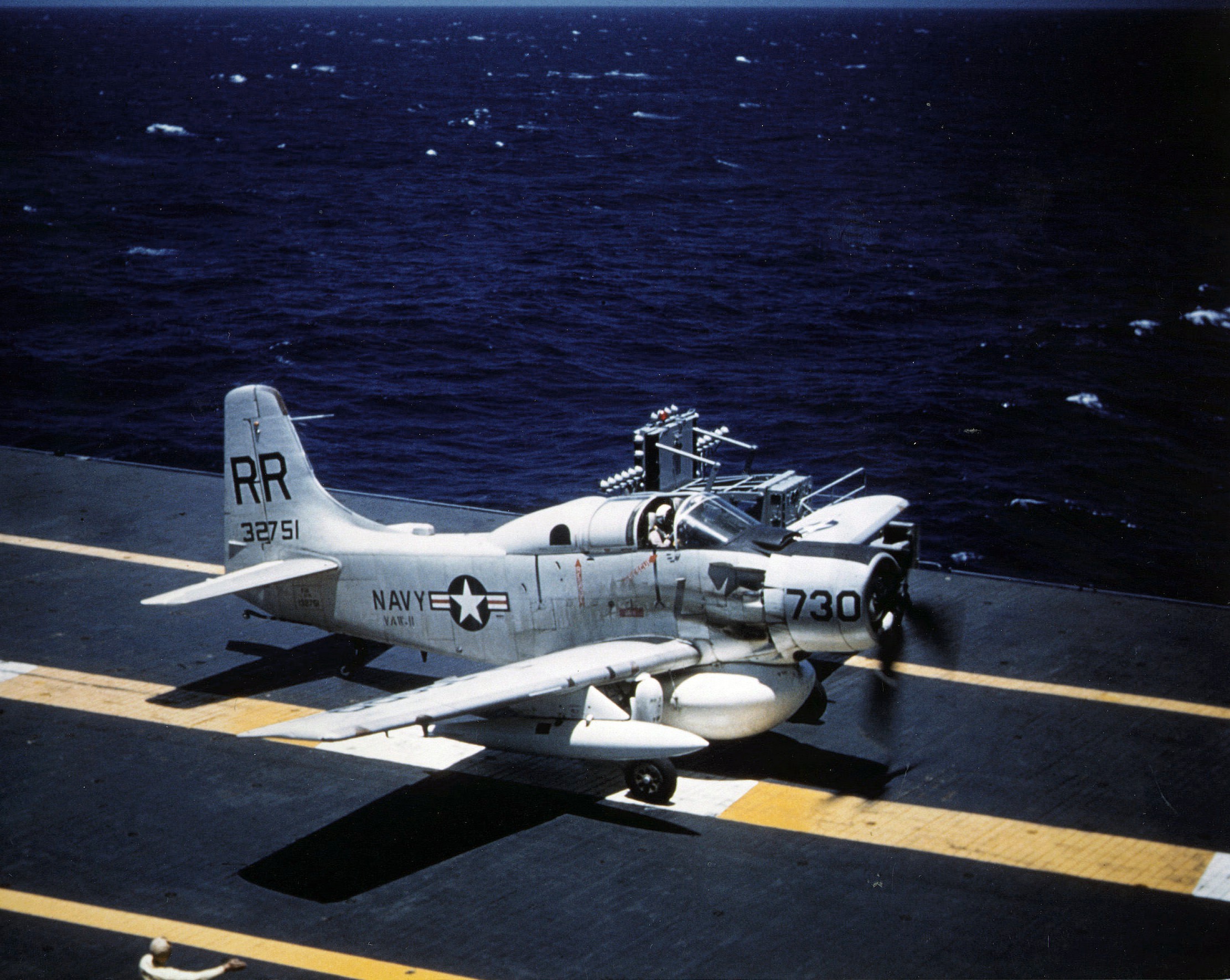
The following day, it was transferred to the newly formed U.S. Marine Corps Aviation Museum at MCAS Quantico. With no strong ties to Marine Corps service, the aircraft was passed along in 1974 to legendary warbird collector Doug Champlin, who registered it as N62466. Over the years, it changed hands several times, including ownership by John Downing and Don Hedrick, and became a familiar sight on the airshow circuit. Initially displayed in its NAS Pensacola colors, the aircraft was later repainted in U.S. Marine Corps markings, which it still wears today.
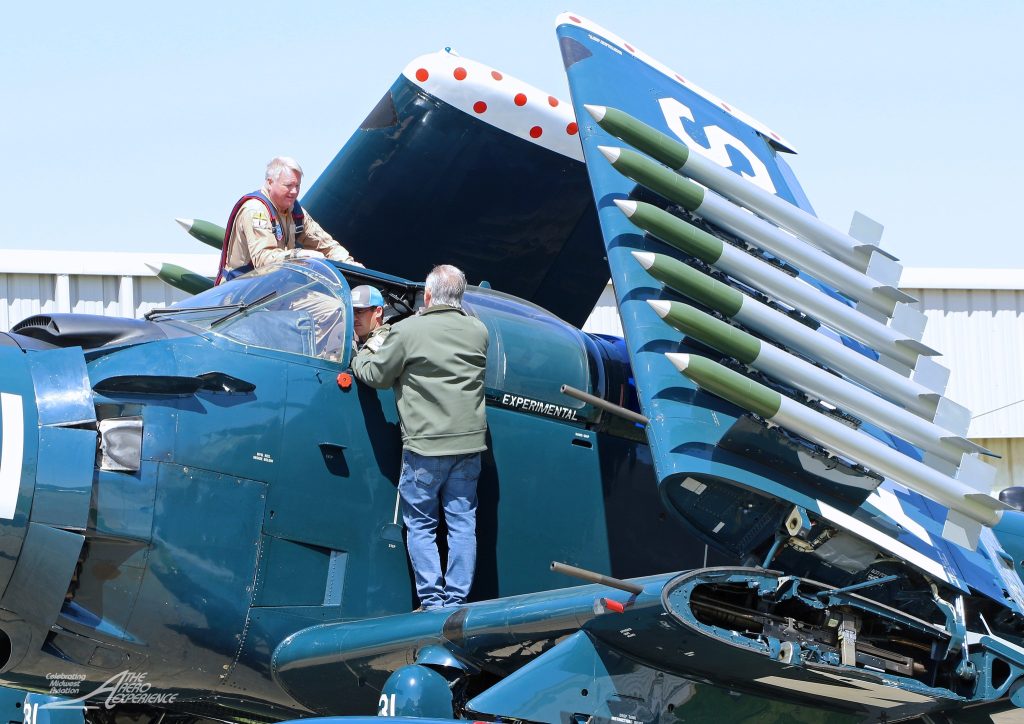
Preparing for the Ferry Flight
As part of the aircraft’s transition to its new home, Job Savage is undergoing a thorough checkout process under the instruction of Tony Wood, a seasoned pilot known for flying the Cavanaugh Flight Museum’s Skyraiders. “Tony’s an awesome instructor who puts safety first,” Job explained. “The checkout process started with about four hours of ground school—making sure we’re all on the same page about power settings, speeds, and procedures.” Job has already flown four training sorties, each lasting about an hour. The sessions began with basic airwork such as climbs, descents, coordinated turns, and power transitions. “Then we practiced landings at Altus Airport. The Skyraider is capable of doing three-point landings fairly easily thanks to its big struts.
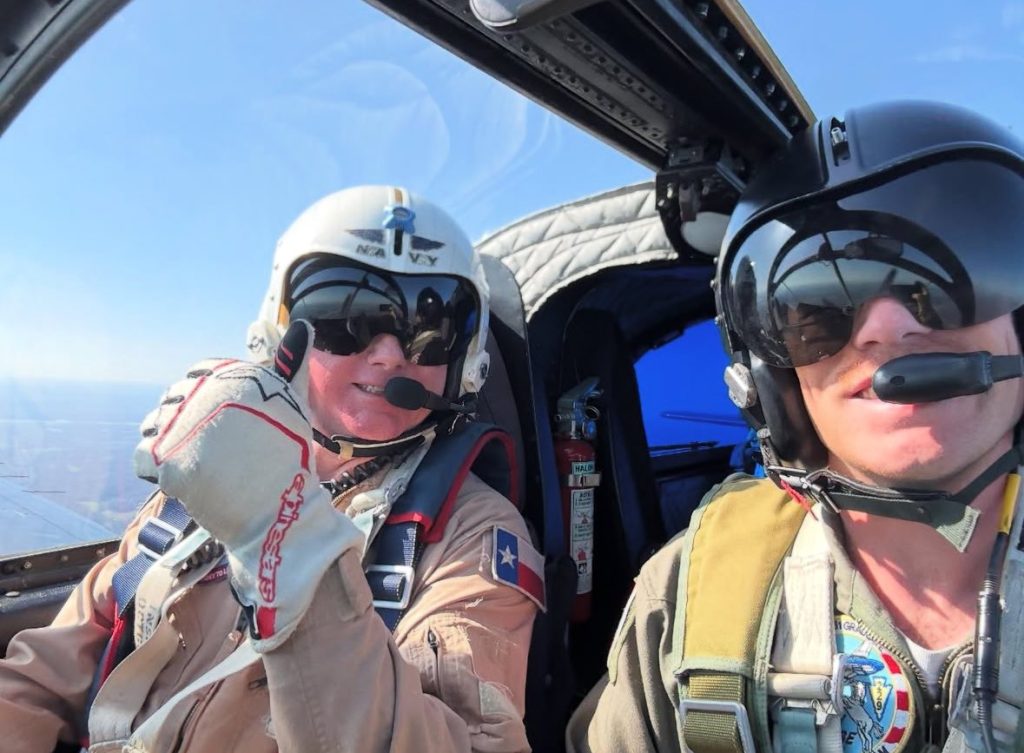
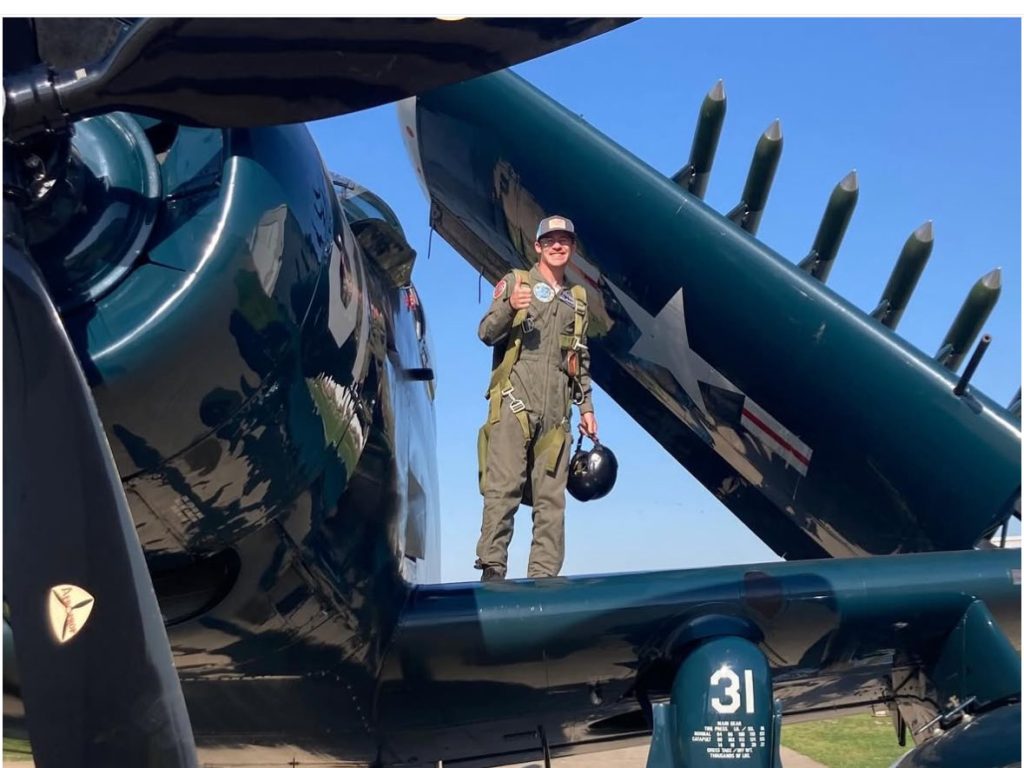
After that, we moved into steep turns, multiple stall recoveries in different configurations, and some unusual attitude recoveries.” The training also includes simulated emergency procedures to prepare for potential in-flight issues. “We’ve worked through bailout procedures, a runaway prop scenario, and simulated engine fires,” Job added. “I’m hoping to take my checkride on the 15th after logging a few more hours of training.” Congratulations to Tim and Job Savage on this exciting addition to the Vintage Flying Machines fleet—and for their continued dedication to preserving and flying aviation history. For more information on Vintage Flying Machines, visit their Facebook page.
